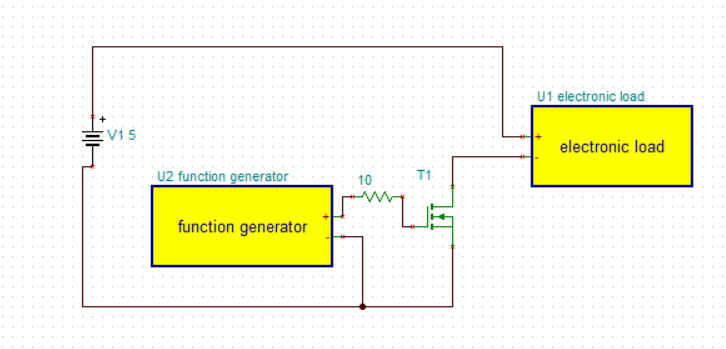Hello Guys,
Following is a circuit i am working on. input is from a isolated DC-DC converter (flyback configuration) set at 12v. using bk precision electronic load i am testing at 500mA. i wanted to observe the dynamic behaviour of flyback converter while switching the load at higher rate so i kept a mosfet rated for 60V,2A. while switching observed that current is peaking and FET is gone. later changed FET to a higher rating one (TK4R1A10PL). even then MOSFET after sometime goes into continuous conduction even when i am removing gate pulses (using a function generator to give pulses), this is happening when i am increasing the frequency of the gate pulses (5-10kHz). using function generator a wrong approach? or any corrections i need make. please suggest

